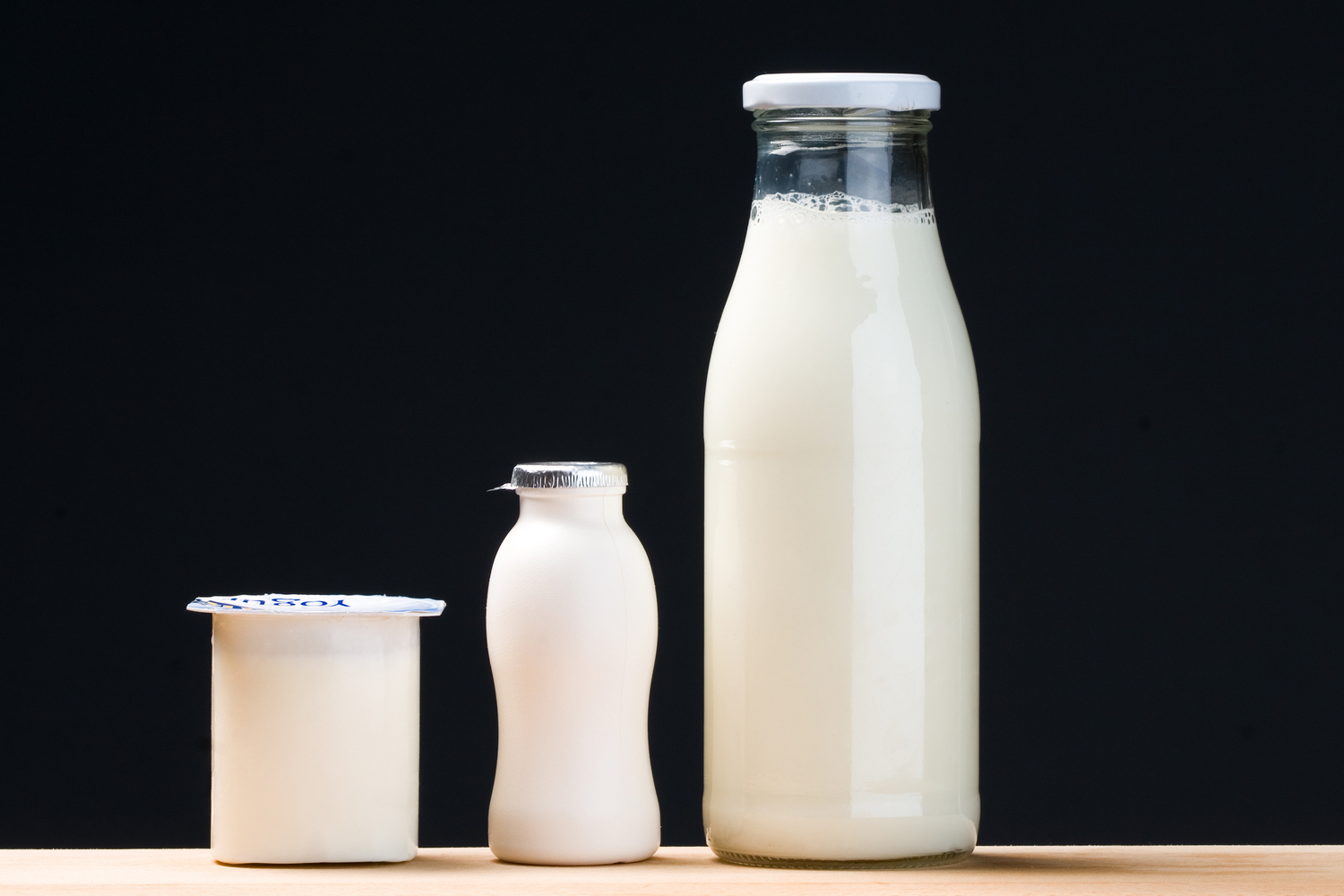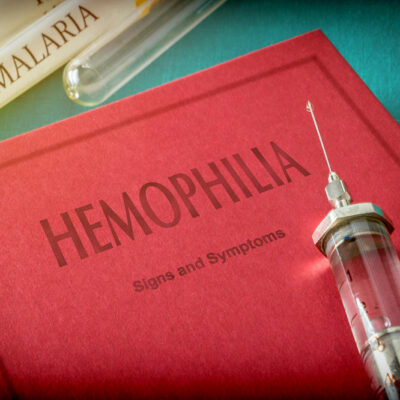
5 Signs of Lactose Intolerance
Do you experience stomach cramps, bloating, and diarrhea after drinking milk? If so, you may be lactose intolerant. Lactose intolerance is a condition that affects up to 65% of the world’s population. It is caused by the inability to digest lactose, a sugar found in milk. While some people are born with lactose intolerance, it can also develop later in life. If you experience the following five signs, you may be lactose intolerant:
1. Stomach pain and cramps
Stomach pain and cramps are the most common symptom of lactose intolerance. If you experience these after drinking milk, it’s a good sign that you may be intolerant. Symptoms usually start 30 minutes to two hours after drinking milk or eating dairy products. They can range from mild to severe and usually worsen as you consume more lactose. If you do have lactose intolerance, there’s no need to worry. There are plenty of lactose-free dairy products like lactose free milk available. You can also take a lactase supplement before you eat or drink milk to help your body digest it better.
2. Diarrhea or loose stools
Diarrhea is another common symptom of lactose intolerance. It occurs when undigested lactose passes through the large intestine, where bacteria break it down. This can lead to gas, bloating, and cramping. Loose stools are also a sign of lactose intolerance. If you have watery or mushy stools after drinking milk, it’s good to see your doctor rule out other possible causes. Other symptoms like nausea and vomiting can accompany diarrhea. If you experience these symptoms alongside diarrhea, it’s best to see a doctor as they could be signs of a more severe condition.
3. Gas and bloating
Gas and bloating are often caused by lactose intolerance. When undigested lactose reaches the large intestine, bacteria break it down. This process produces gas and can cause your stomach to swell. You may also experience flatulence after drinking 100% real milk if lactose intolerant. This is because gas builds up in the intestines when lactose is not properly digested.Flatulence can be uncomfortable and embarrassing, but it is usually not a sign of a severe condition. Over-the-counter products can help with bloating caused by lactose intolerance. But be sure to talk to your doctor before taking any medication.
4. Constipation
While diarrhea is a common symptom of lactose intolerance, constipation can also indicate that you are intolerant to lactose. This is because undigested lactose can slow down food movement through your intestine. If you experience hard, dry stools or difficulty passing stool after drinking milk-based products like cheese, ice cream, sour cream, butter, etc., it’s advisable to see your doctor. They can rule out other possible causes of constipation and help you manage your symptoms.
5. Mouth ulcers
These are small, painful sores that can form on the inside of your mouth, and they are also known as canker sores. They are usually white or yellow and can be found on the tongue, gums, or inside of the cheek. While mouth ulcers are not a common symptom of lactose intolerance, some people with the condition do experience them. This is because undigested lactose can cause an inflammatory reaction in the intestine, which leads to mouth ulcers. If you have lactose intolerance, treatments can help relieve your symptoms. Talk to your doctor about what options are best for you.
You may be lactose intolerant if you experience any of the above symptoms after drinking milk. Lactose intolerance is a common condition manageable with dietary changes and lactase supplements. Be sure to talk to your doctor if you suspect you are intolerant to lactose. They can help you make the necessary changes to your diet and lifestyle.


